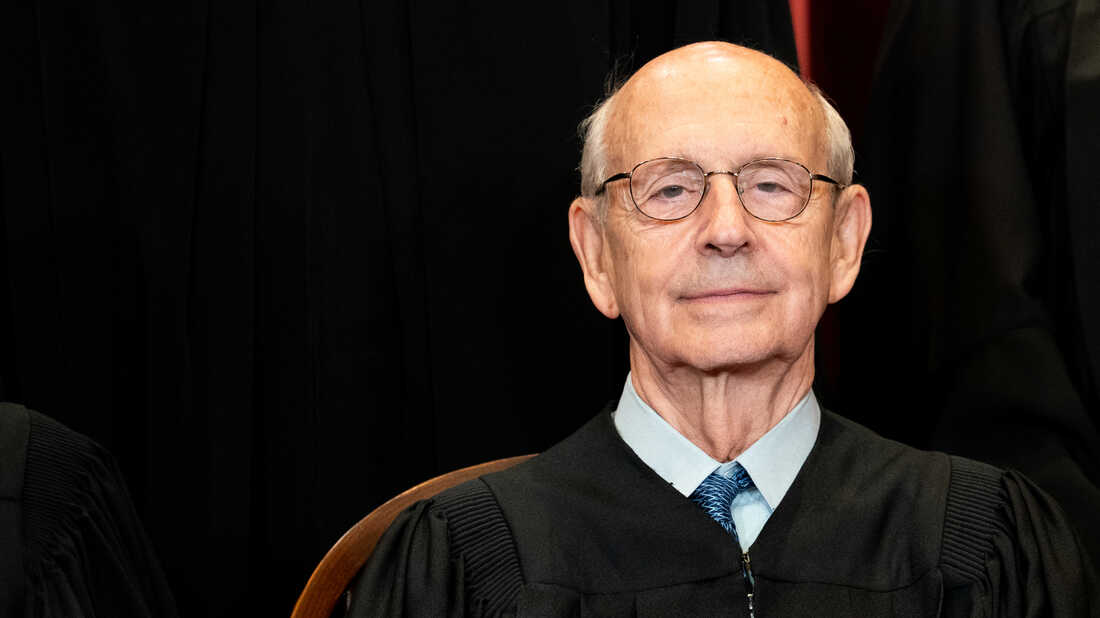
Associate Justice Stephen Breyer sits during a group photo of the Justices at the Supreme Court in Washington, DC on April 23, 2021. Erin Schaff/Pool/Getty Images hide caption

Associate Justice Stephen Breyer sits during a group photo of the Justices at the Supreme Court in Washington, DC on April 23, 2021.
Erin Schaff/Pool/Getty ImagesAfter 27 years on the Supreme Court, liberal justice Stephen Breyer is retiring. His departure won't change the balance of the court, but it will give President Biden a chance to put his stamp on it — and cement a new, younger justice in place for decades.
NPR legal affairs correspondent Nina Totenberg explains who might replace Breyer, and NPR political editor Domenico Montanaro outlines how the process will unfold.
Email us at
This episode was produced by Brent Baughman and edited by Krishnadev Calamur, Lee Hale, and Fatma Tanis. Our executive producer is Cara Tallo.

 Live Radio
Live Radio